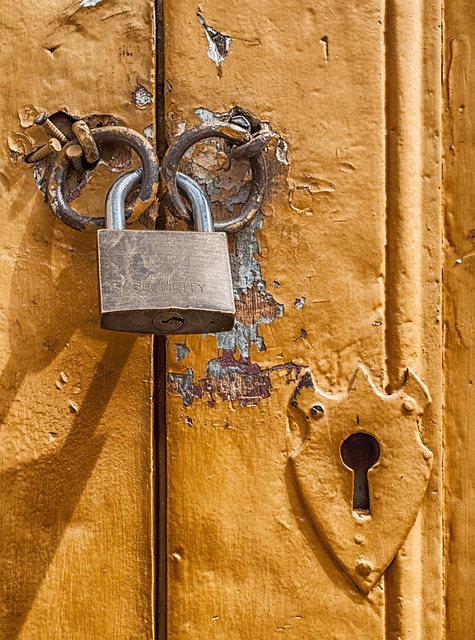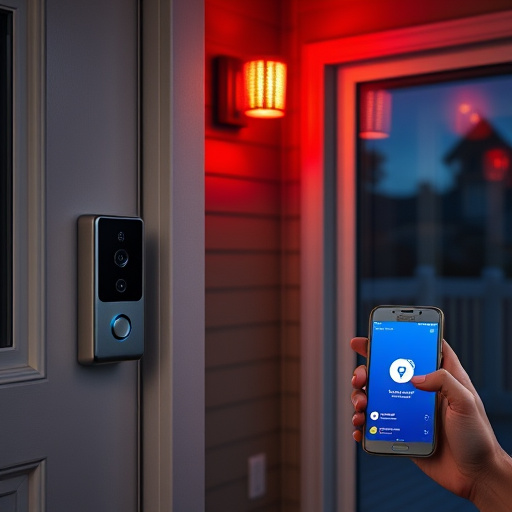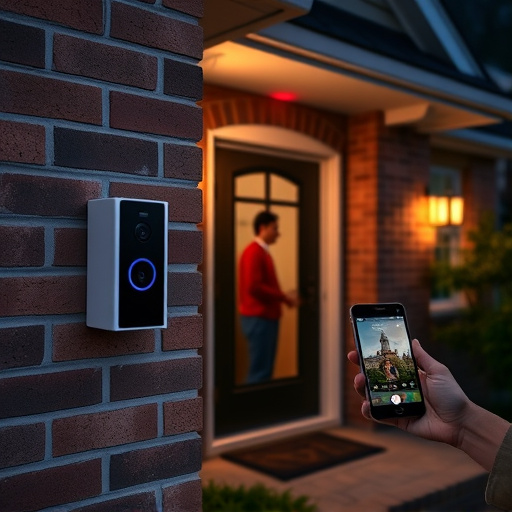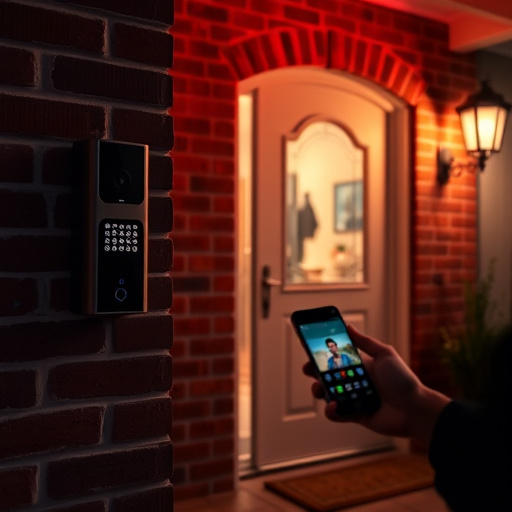Securing your home against break-ins involves addressing common vulnerabilities like unlocked doors, unsecured garage doors, and visible valuables. Implement robust locks, motion-activated lights, strategic landscaping, and hide valuable items to deter thieves. Adopt multi-layered security strategies including high-security locks, smart doorbells, surveillance cameras, well-lit exteriors, and secured entry points to significantly enhance safety and peace of mind.
In the realm of home safety, preventing break-ins is paramount. Understanding common entry points and vulnerabilities is the first step towards robust home security. This article equips homeowners with essential knowledge on identifying typical break-in vectors, such as windows and ground-level openings. It delves into the solutions for common security system flaws and offers practical tips for implementation. From high-quality locks to advanced technology like smart doorbells and motion sensors, readers will discover effective security strategies. Additionally, it explores lighting tactics, secure indoor practices, and valuable item storage to create an impenetrable home environment, ensuring peace of mind and maximum protection.
- Understanding Common Break-in Vectors and Vulnerability Points
- – Identify typical entry points used by burglars (e.g., windows, doors, ground-level openings)
- – Discuss common vulnerabilities in home security systems and their solutions
Understanding Common Break-in Vectors and Vulnerability Points

Understanding Common Break-in Vectors and Vulnerability Points
When it comes to preventing break-ins, understanding the most common entry points and vulnerabilities is key. Criminals often exploit easily accessible areas such as unlocked doors and windows, faulty locks, and unsecured garage doors. They may also target weaker spots like poorly lit areas, visible valuables, or plants that obstruct line of sight. Recognizing these potential weak links in your home’s security allows you to implement targeted and effective security strategies.
Effective home security tips include investing in robust door and window locks, installing motion-activated lights, and ensuring your landscaping doesn’t provide hiding spots for intruders. Additionally, securing valuable items out of sight and avoiding leaving keys hidden can significantly deter would-be thieves. By addressing these common break-in vectors and adopting comprehensive home protection measures, you can make your property a much less appealing target.
– Identify typical entry points used by burglars (e.g., windows, doors, ground-level openings)

Burglars often target homes through easily accessible entry points, making it crucial for homeowners to identify and fortify these areas. Common vulnerabilities include windows, which can be breached through open or poorly secured screens, and doors, especially those at ground level or with weak locks. Ground-level openings, such as sliding glass doors or basement access points, are also frequent points of entry. By understanding these typical routes, homeowners can implement effective security strategies.
To prevent break-ins, invest in robust door and window locks, ensure all exterior doors have a deadbolt, and consider adding security bars or grilles to windows. Regularly inspect and maintain these features, keeping them in good working order. Additionally, installing motion-activated lights around the perimeter of your home can act as a powerful deterrent, illuminating potential intruders and providing an early warning system.
– Discuss common vulnerabilities in home security systems and their solutions

Many homes today are equipped with security systems, but common vulnerabilities can leave them vulnerable to break-ins. One of the primary issues is the reliance on traditional locks and alarms that can be easily bypassed by determined intruders. To address this, homeowners should consider implementing multi-layered security strategies. This includes investing in high-security locks, motion sensors, and smart doorbells that provide real-time alerts.
Additionally, effective break-in prevention tactics involve utilizing surveillance cameras both inside and outside the home. These devices act as powerful deterrents and can capture evidence of suspicious activity. Home protection measures should also include maintaining a well-lit exterior and securing all entry points, such as windows and garage doors. By combining these secure home tactics, homeowners can significantly enhance their defenses against potential intruders, ensuring peace of mind and the safety of their properties.














